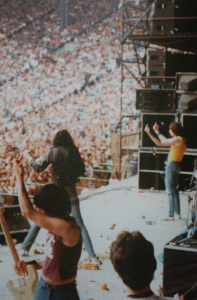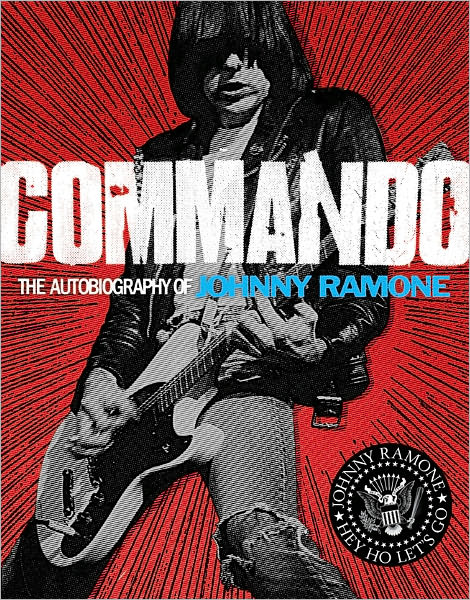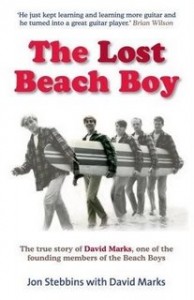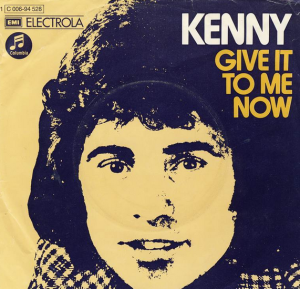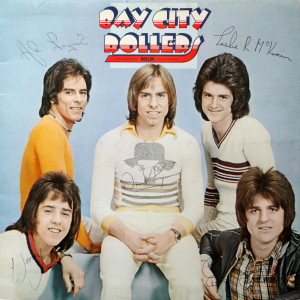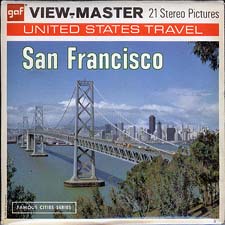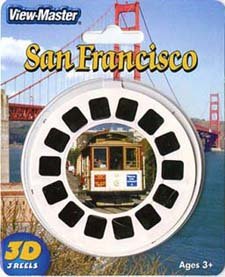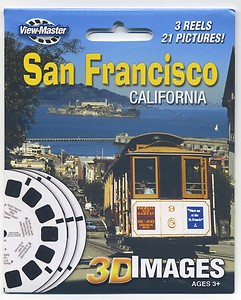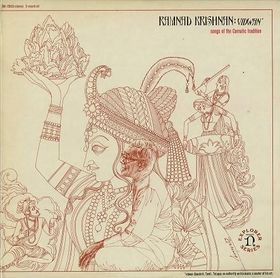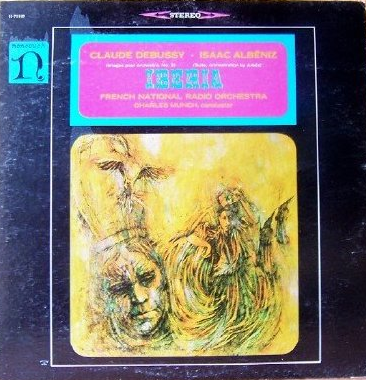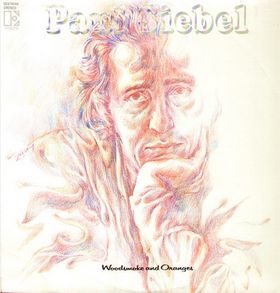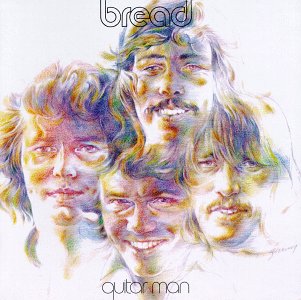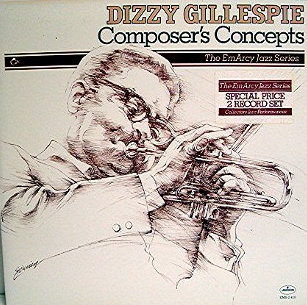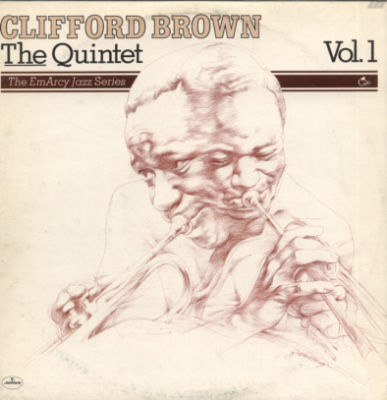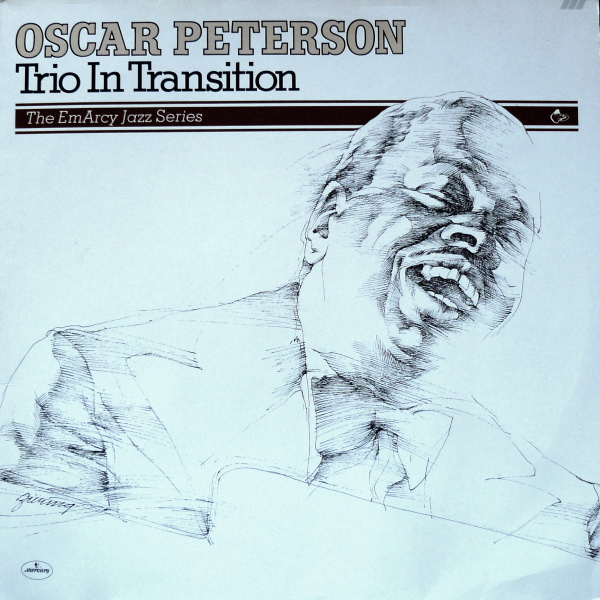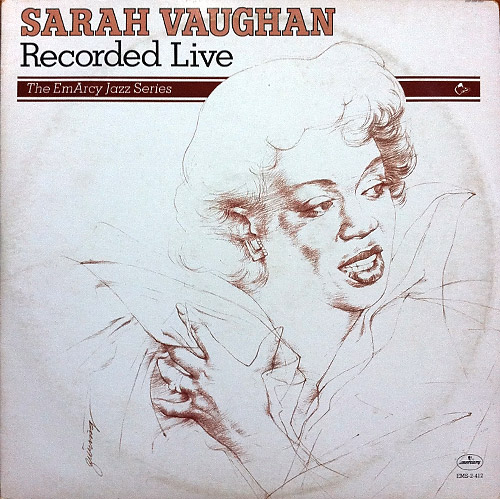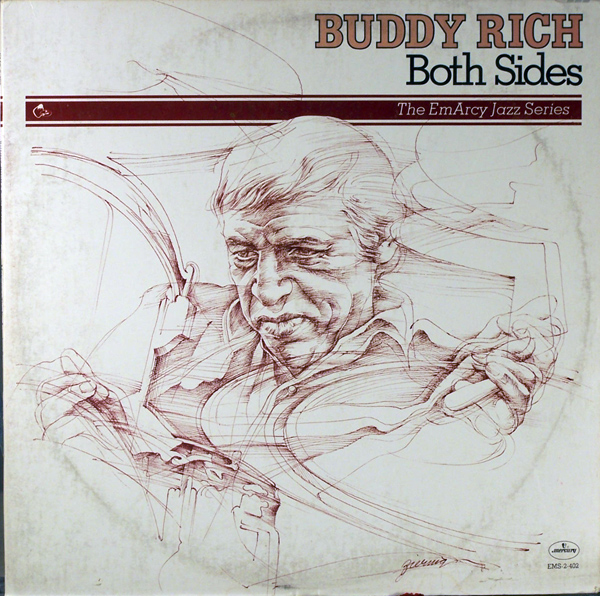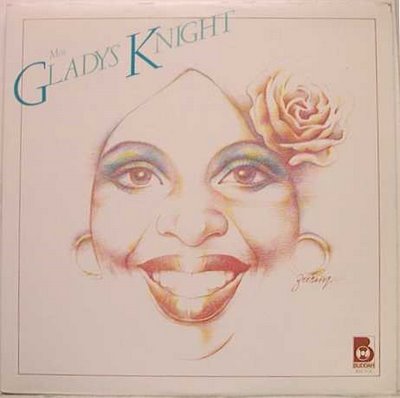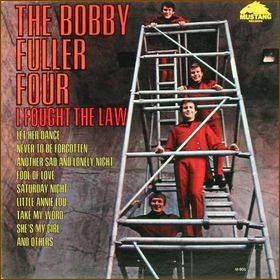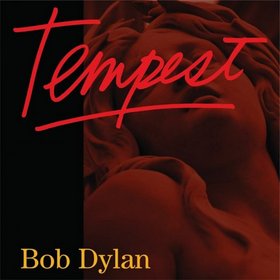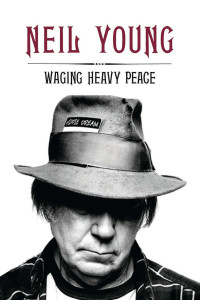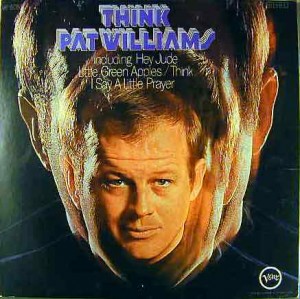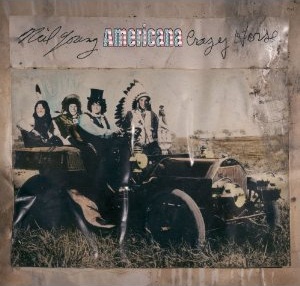Johnny Ramone, Commando (2012)
May 28th, 2013(P. 82-83) “…On July 2, 1979, we played on a bill with Aerosmith, Ted Nugent, Johnny Winter, AC/DC, and Nazareth to a crowd of forty-six thousand people in Toronto…I saw the other bands we were playing with and I thought, ‘This isn’t gonna work.’ I complained to Premier, our booking agency, about it, and they said, ‘We’ve been in the business a long time, we know what we’re doing’…
“About five or six songs into the set, the whole crowd stood up, and I thought it had started to rain. Dee Dee thought the same thing, but they were throwing stuff at us – sandwiches, bottles, everything. Then, all of a sudden, I broke two strings on my guitar in one strum. I thought it was a sign from God to get off the stage, because I’d rarely break a string, maybe once a year. So I just walked to the front of the stage, stopped playing, and gave the audience the finger – with both hands. I stood there like that, flipping them off, with both hands out, and walked off. The rest of the band kept playing for another ten or fifteen seconds until they’d realized I was walking off, and then they did too. I wasn’t gonna stand there and be booed and have stuff thrown at us without retaliating in some way. We had to come off looking good somehow, and there was no good way to get out of that.”
Bonus:
(p. 72): “We played with Cheap Trick one time, and the bass player sound-checked his instrument for an hour, so we never got a sound check. I have no idea what makes people do this stuff. This ain’t science.”
(p. 87): “We tried to bond with Spector. We watched the movie Magic at his house one night, and we’d go out to dinner with him. One night, Grandpa Al Lewis from The Munsters even came over. He’d be okay with us, but he was very abusive to everyone else around him.”

